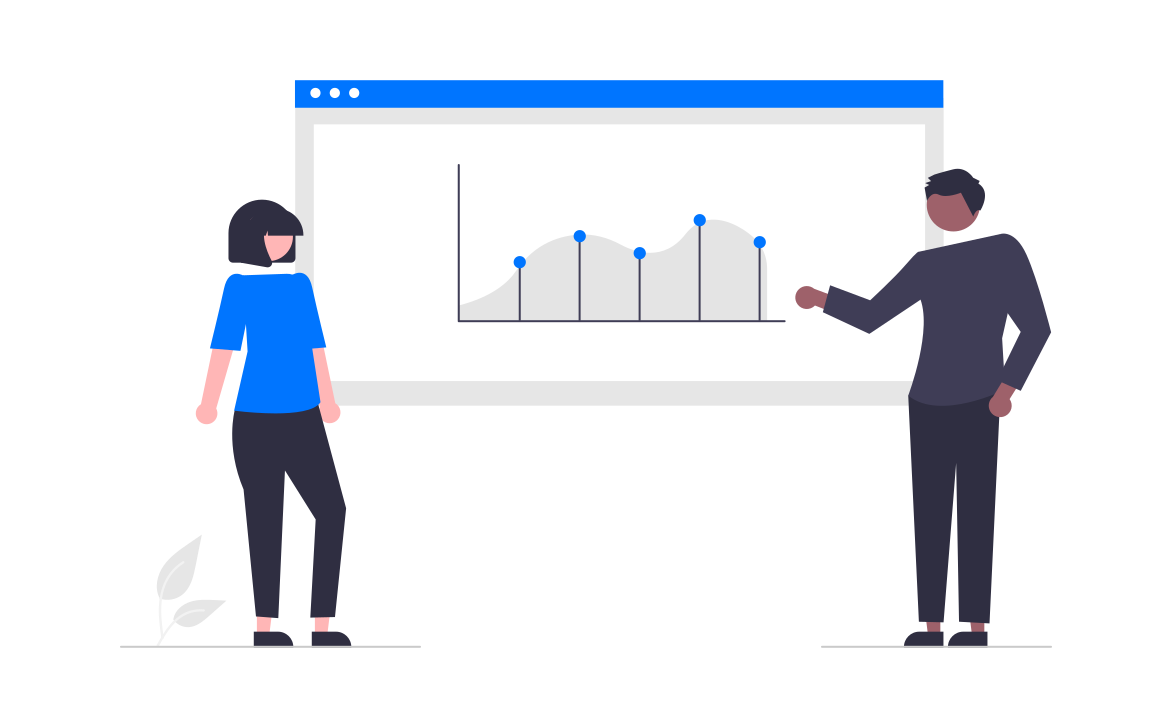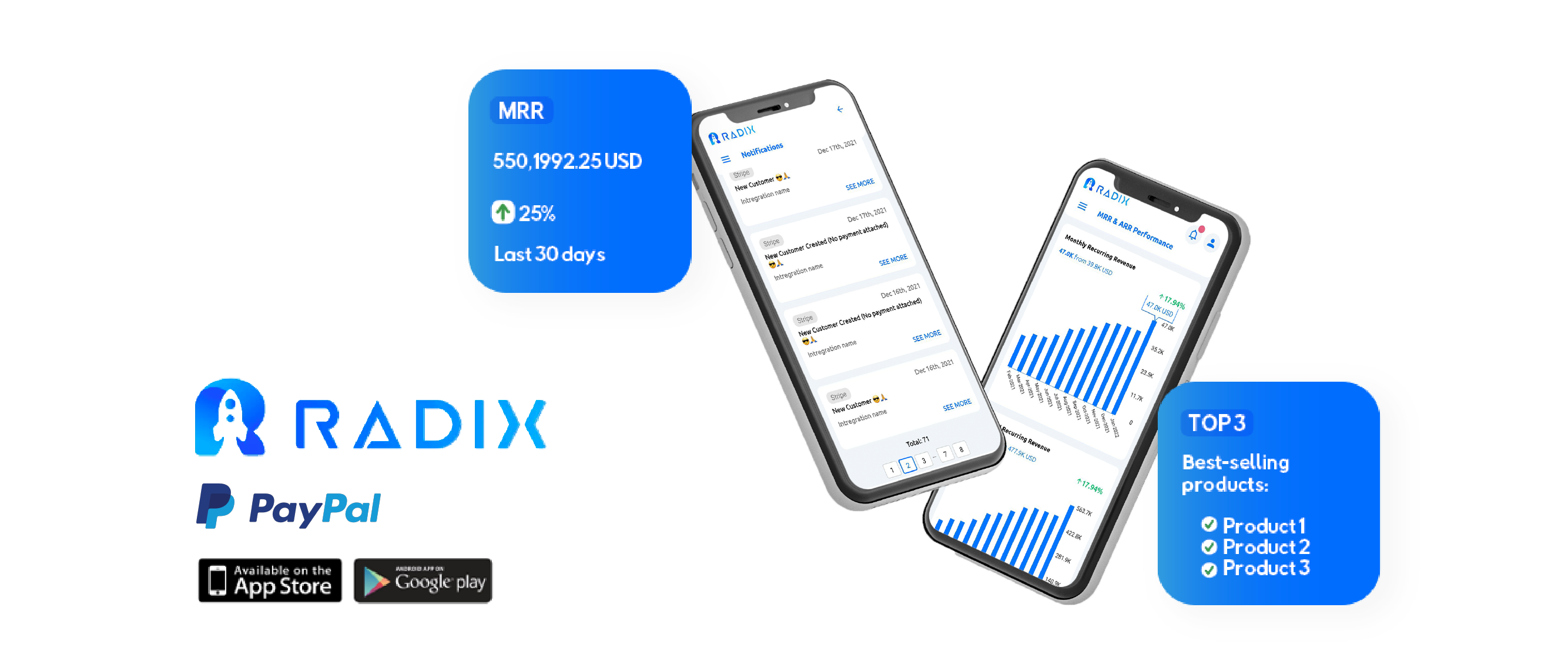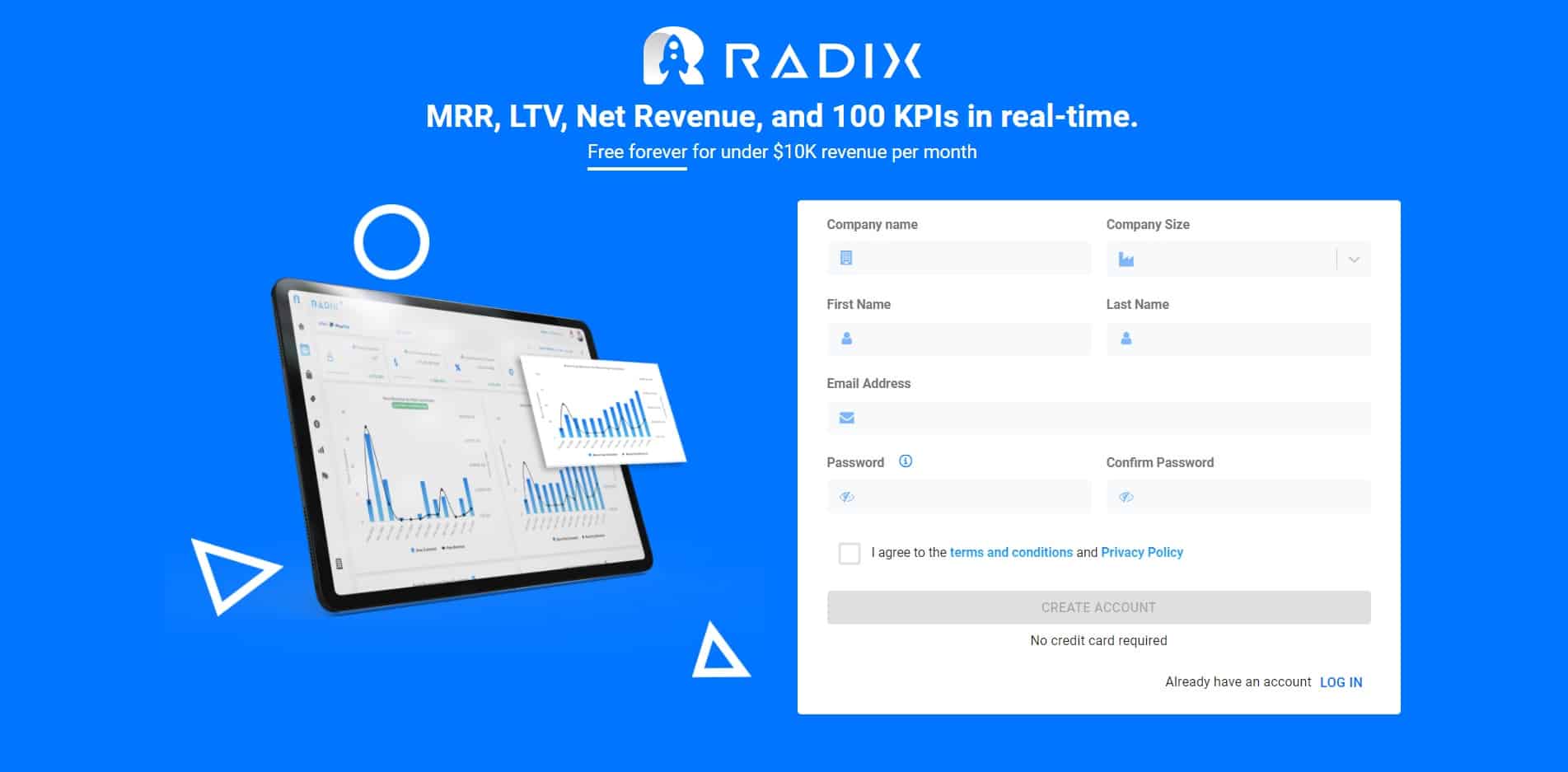Online retailers have one thing in common. They all want to increase online sales. But how do they do it? The answer: eCommerce analytics. If you aren’t analyzing your eCommerce data, you’re leaving sales on the table.
What is eCommerce Analytics?
For a business to grow online, it is important to set goals and see how your customers are interacting with you. eCommerce Analytics monitor the data of your business and can help you in defining very personalized user actions. These actions are useful for communicating with your audience and pinpointing exactly what they want.
If you’re an online retailer, then eCommerce analytics is a must. With eCommerce analytics, you can gain insight into your customers’ behavior and how to improve your business.

Why is eCommerce Analytics important?
eCommerce Analytics is a crucial component of any eCommerce business. Therefore, data and facts will always lead to better business decisions and a more sustainable online presence.
While most people know you need to incorporate data into your decisions to be successful, a lot of eCommerce store owners tend to overlook the importance of eCommerce analytics and measuring data. The truth is, there is so much information you can gather from your store, it would be impossible to not use it. There are more ways than ever before to analyze data and pull actionable insights and information out of your business.
Over the next decade, the major drivers of success will be concentrated on developing a deep awareness of customers, and the only way to understand their behavior is to monitor and analyze.
Customers interact with advertising, social media, and website content, as well as activities like adding items to a shopping cart and making a transaction, all of which provide significant data for online merchants. This data may be collected and evaluated in its entirety. Here’s how eCommerce analytics can help merchants understand their consumers’ path from brand awareness to brand loyalty.

Awareness
You may collect data that shows demographics such as age, gender identity, geographic area, and economic position when customers find your brand and become aware of your product offers. You can also keep track of how visitors engage with your website. Metrics like reach, impressions, and use patterns on your website and social media platforms help you create a data-driven picture of who your customers are, what matters to them, and how they generally engage online.
Acquisition
Understanding how visitors arrive on your site and how much you spend to bring them there is also useful information. Decision-makers may use marketing data analysis tools to understand the cost per lead (CPL), cost per customer (CPC), and other relevant indicators, making it simpler to deploy ad spend more wisely.
Conversion
Boosting site traffic is a worthwhile objective, but increasing conversions is what generates revenue. Gaining visibility into which traffic sources deliver high-converting visitors vs low-converting visitors can help you determine which sources to focus on. Ecommerce analytics makes it easy to figure out what’s currently generating conversions and identify intriguing new sources.
Retention
Analyzing crucial indicators like sales conversion rate, average order value, and cart abandonment rate might help you figure out how to keep your customers. In addition to investing in new customer acquisition, businesses may use retention methods to reap the benefits of low-hanging fruit.
Advocacy
Ecommerce analytics can help you figure out which customers are most likely to recommend your business to their friends and family, as well as how to keep them engaged. Data such as content engagement and participation in loyalty rewards programs may help you better understand how engaged your current customers are with your brand and how to encourage them to share their enthusiasm.

6 Ways Online Stores Can Use Ecommerce Analytics
Data analytics assists online businesses in interpreting their eCommerce data sets to improve inventory management, increase sales, allocate marketing resources, and more. Here are six of the most frequent uses of analytics for eCommerce merchants.
1. Improve Inventory Management
Data from ecommerce analytics makes it simpler to spot changes in product sales trends, allowing you to forecast spikes in demand for specific SKUs. Tracking changes in customer preferences in advance makes it simpler to determine when and where to store merchandise, which can lead to an increase in sales volume.
2. Evaluate Customer Behavior
When it comes to internet shopping, today’s consumers are well-informed and have a plethora of options. Understanding your customers’ needs, interests, habits, and purchasing behaviors can allow you to improve the buying process and exceed their expectations. Data can also inform you how to properly motivate people to purchase.
3. Enhance The Customer Experience
Understanding customer behavior enables you to enhance the client experience. Streamlining the purchasing process and making it easy for customers to complete actions will enhance the percentage of completed transactions. Ecommerce analytics software may track each visitor’s path on your site. This data may be analyzed to identify pain areas in the user experience that drive visitors to abandon.
4. Relevant Items Can Be Cross-Sold Or Upsold
Cross-selling and upselling possibilities can be discovered by analyzing individual client purchase trends. With this information, you may more effectively customize offers based on each customer’s interests and purchasing history.
5. Boost ROAS
With so many advertising options and limited marketing budgets, knowing which channels are providing traffic that converts is critical. You can maximize your return on ad spend with this information. You may also figure out which marketing messages work best with each market niche. Ecommerce analytics data may also assist marketers to identify and grow new customer sources.
6.Use Data To Drive Product Development
Analyzing current customer preferences gives useful information for designing new products and refining existing ones. Direct-to-customer companies may stay relevant by being tuned in to changing customer demands and requirements.

Radix Platform: The Best Data Revenue Platform
Radix is the best Data Revenue Platform for eCommerce.Therefore, It will help you track and analyze your revenue data while reducing churn and boosting online sales. It was launched with a vision to power the future of eCommerce platforms with beautiful rich-data insights.
We built a data analytics platform to provide real-time info that help retailers build an end-to-end customer view across all business efforts, driving better experience, higher conversion, and higher lifetime value.

You can create your free account here !

Read More:
Top 10 eCommerce Metrics to Track





